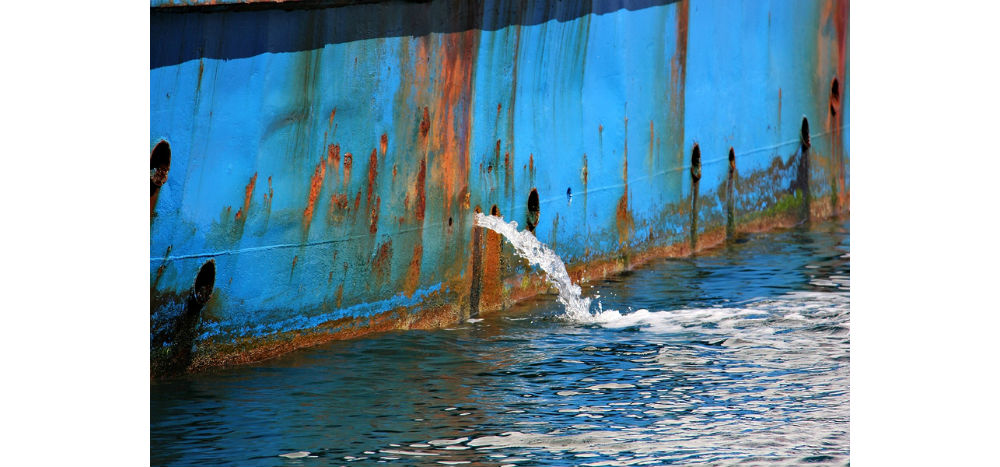Member states sending delegates to the next marine environment protection committee of the IMO are working on a text to explain how vessels loading ballast water in ports with difficult water qualities could be allowed to perform ballast water exchange in open waters.
The consideration comes with the realisation that the Ballast Water convention – which industry has struggled with since its agreement in 2004 – has two requirement that create confusion. Under the rules there is the expectation that vessels perform ballast water exchange or treatment. Unfortunately, there is confusion over the legal ability to do both. The convention text does not allow the discharge of unsuitable ballast water into the high seas (through flow-through or ballast water exchange) apart from certain exceptions.
The need for clarification comes when some vessels have to load ballast water while discharging cargoes in ports with muddy silty water and where the treatment system does not fully deal with the organisms within.
A draft IMO circular is being proposed to make such exchange possible. The draft text (before approval at MEPC 76 in June 2021) states:
“The Committee recommends that, in the case of entry into a port area where certain water qualities, such as high level of turbidity, high level of total suspended solids or low salinity, are identified to exceed the operational limitation of a ship’s ballast water management system (BWMS) or proper operation of the BWMS is not possible and if there is no available reception facility or port-based treatment system, the ship:
.1 may intake ballast water bypassing the BWMS and then move to an area where the BWMS can be operated properly to exchange ballast water in accordance with Guidelines (G6) using water treated by BWMS installed on board to comply with regulation D-2; and
.2 should record the uptake of ballast water and the subsequent ballast water exchange (BWE) plus ballast water treatment (BWT) operations in the ballast water record book and should discharge ballast water in accordance with the method determined by the port State of the next port of call.
3 Regarding paragraph 2.1 above, the ballast water exchange area may be divided into two options:
.1 Option 1 refers to a method of exchanging ballast water which was not fully treated, with seawater taken in the high seas at least 200 nautical miles from the nearest land and in water at least 200 metres in depth.
.2 Option 2 refers to cases where the ship is unable to conduct BWE in accordance with Option 1, BWE should be conducted in designated areas for ballast water exchange established by the port State at the next port in accordance with regulation B-4.2; and in case no area has been designated, then as far from the nearest land as possible, and in all cases at least 50 nautical miles from the nearest land and in water at least 200 metres in depth”.
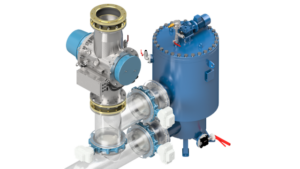
Wärtsilä Aquarius UV takes ballast water filtration to next level with launch of ‘Manta’ filter
Press Release: Wärtsilä Water and Waste’s Aquarius UV Ballast Water Management System (BWMS) is being launched with a completely..
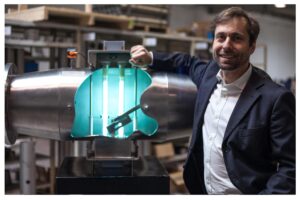
BIO-SEA BWTS developed for US Navy
Press Release: BIO-UV Group is delighted to announce that a BIO-SEA Ballast Water Treatment System (BWTS) designed for the Unites States Navy..

Can ballast water treatment tech be hacked?
Bio-Sea announces cyber security software for its connected treatment systems
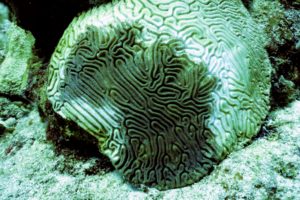
Coral threat calls for more stringent ballast water management
Current ballast water management treatments and testing standards may need strengthening to stop Stony Coral Tissue Loss Disease from..
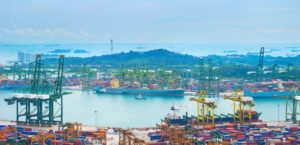
IMO moves ahead on GHG emissions, Black Carbon and marine litter
Press Release: The International Maritime Organization (IMO) in view of the urgency for all sectors to accelerate their efforts to
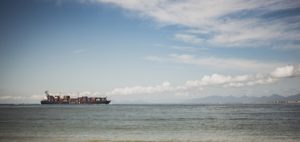
IMO’s Marine Environment Protection Committee meets 22-26 November
The meeting will be opened by IMO Secretary-General Kitack Lim and will be chaired by Mr. Hideaki Saito (Japan). .

Optimarin riding the wave of BWT retrofit demand surge
Press Release: The market is heating up for ballast water treatment (BWT) systems amid a retrofit rush that has resulted in a recent..

Shipowners seek another 2 years delay on penalising non-ballast water convention compliance
A three-year leniency period when shipowners should not be penalised if ballast water treatment systems do not..
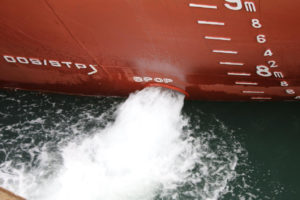
Counting the cost of BWT inaction by shipowners
Press Release: Shipowners that are dragging their heels in installing ballast water treatment (BWT) systems in an effort to save money could end up paying a much..























